Striving to succeed in the competitive market of this day and age, organizations explore every prospect which spell winning. What used to be mere rough numbers have soon transpired into specifics-who, what, when, and how many now clearly lead to decisive conclusions! A technology/ tool which captures this very integral detail can only be deemed as an asset to an organization.
If ‘asset’ seems a too big term to be used in this context, think twice, these specifics have numerous benefits, few of them being-
1. Informed decision making
2. Setting up improved technologies/business practices over a span
Focusing on these, the idea of DFX Analytics was conceived- Enabling Companies to Develop DFM Data-Driven Approach.
DFX Analytics stores DFM data in a central location once designer executes DFM analysis. With collective data of all the users, one can see trends of DFM recommendations-frequently falling critical rules and history of part modifications till finalized for production.
Based on DFM recommendations, design / engineering leaders have higher level of awareness of manufacturing operations, design processes, etc. By studying the trend of DFM recommendations corrective actions are implemented right at the design stage. Analyzing such data, design leaders anticipate better designs, improve the review process minimizing iteration in design and post-manufacturing issues. This further categorizes many DFM recommendations into pieces of information such as department-level DFM recommendations, module wise recommendations, thoughtful rule analysis. Using such statistical information, design and manufacturing teams collaborate to set corrective actions which include standardization of design guidelines within an organization, across locations and suppliers. Minimizing the post-manufacturing issue & improved design & manufacturing efficiency.
Key users of DFX Analytics:
• Manufacturing Engineers
• Design Engineers
• Engineering Heads
• Management Team
DFX Analytics Core features:
Access Control: A separate login mechanism that only allows authentic users.
Design Metrics: Track Progress in design in terms of manufacturability version to version comparison and part modification history.
Rule Metrics: Track DFM recommendations, distribution of recommendations with respect to critical rules, critical module, and extremely critical features in part.
User Metric: Track the usage of DFMPro and spread of users across various divisions or categories, and monitoring and maintaining the DFMPro culture.
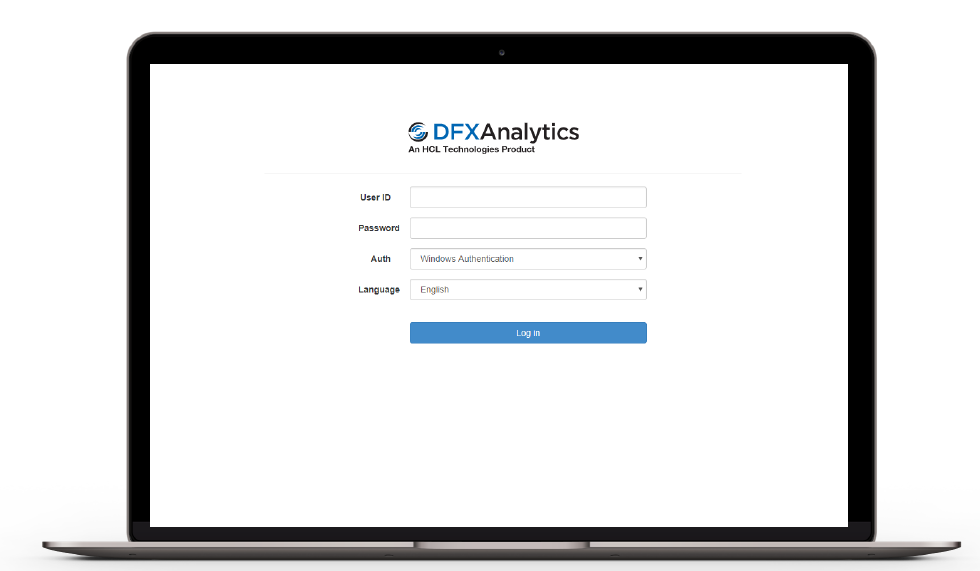
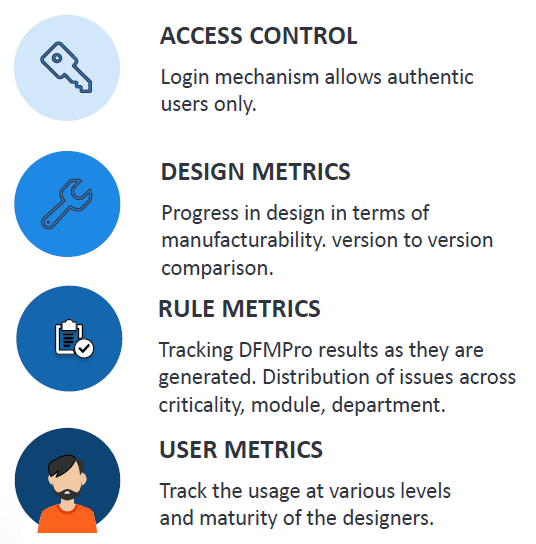
How DFX Analytics Works:
3 Easy step to DFX Analytics
Step 1:
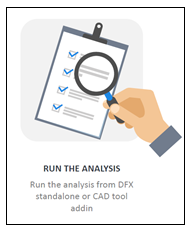
Run DFMPro Analysis
Step 2:
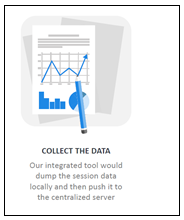
Collection of Data
Step 3:
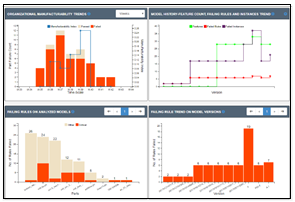
Visualize the data
Let’s see John’s story; who is a design head leading a team of 50 + design engineers. His team is working on machined and plastic components. Since few days, John is receiving continuous feedback on the design changes from manufacturing unit. The count of ECR’s is increasing day by day which results in design delays. Thus, the overall impact is project delay and exceeding the budgeted cost. Hence John decided to implement DFMPro along with DFX Analytics and started tracking the issues.

Based on the DFX Analytics data, John was able to zero down on critical DFM issues which were leading to specific ECRs created in system. He decided to make draft angle check & Mold wall check mandatory as critical checks for plastic part. He observed the trend of draft angle check failure is reducing per component which was also a good sign of reducing rework.

So, one can easily track DFM trends in dashboard and set the next course of action items.
Key Advantages of DFX Analytics:
- Monitoring and controlling the DFM issues in design process
- Minimizing the design and manufacturing iterations
- Cost-saving associated with rework and scrap
- Capture and reuse of best practices and knowledge for continuous improvements
- Analyzing key critical features in the part which will lead design iterations